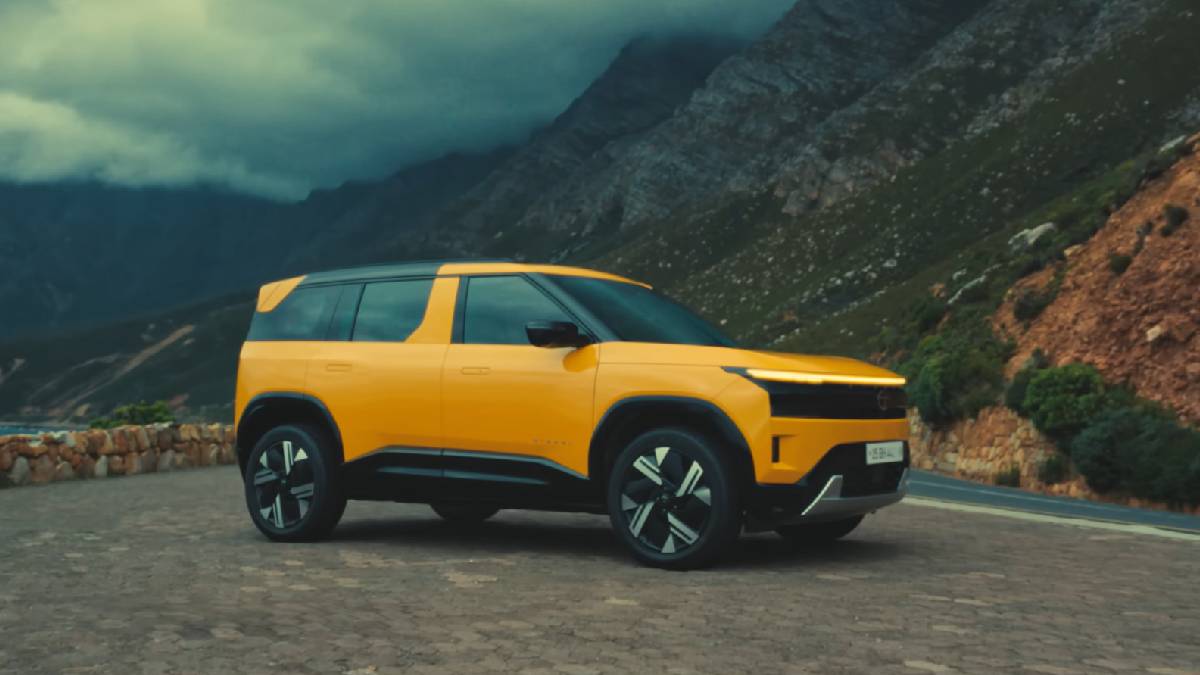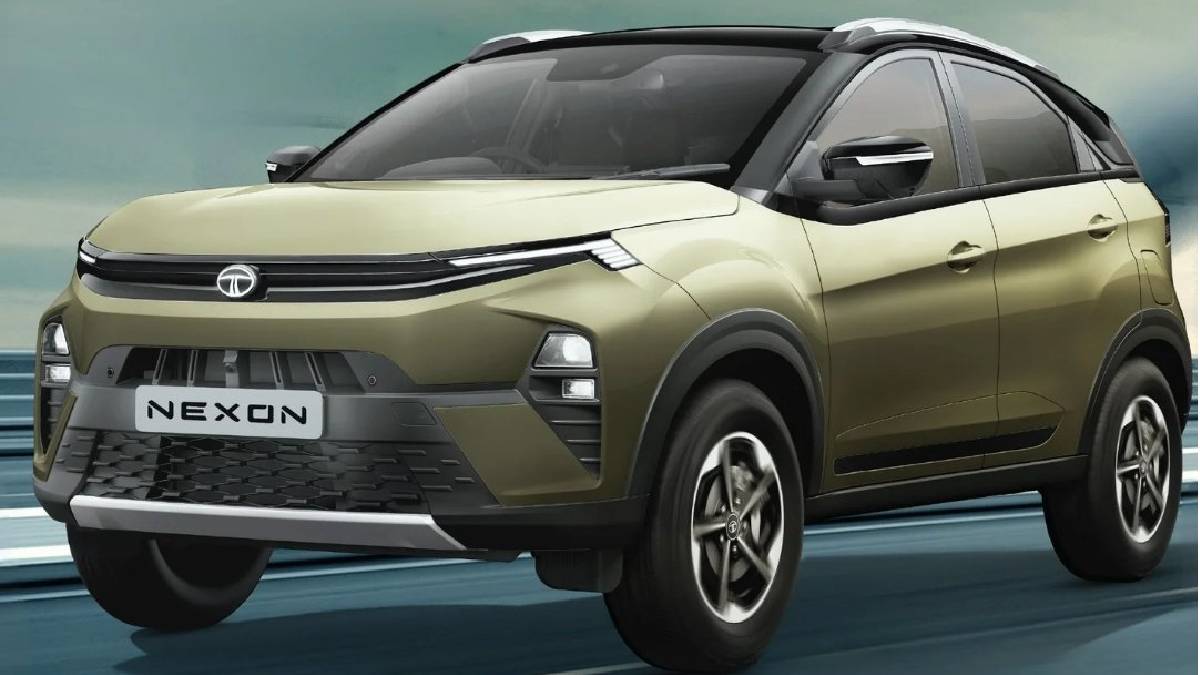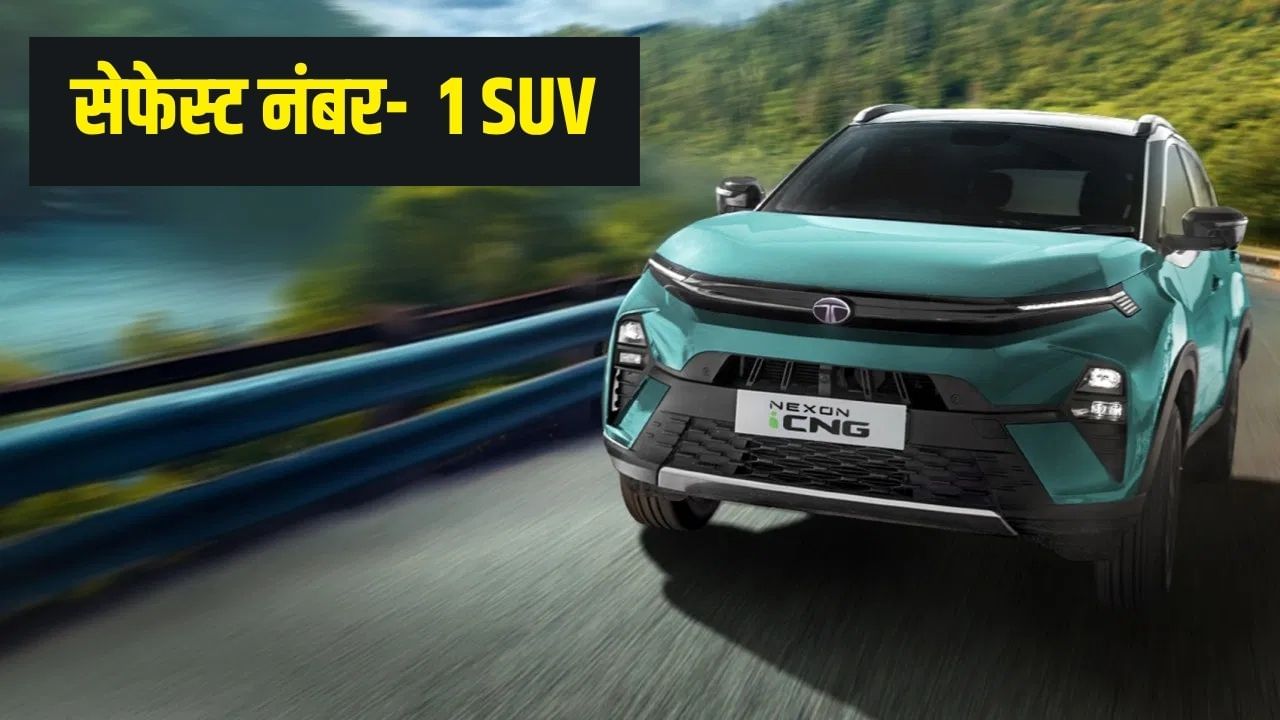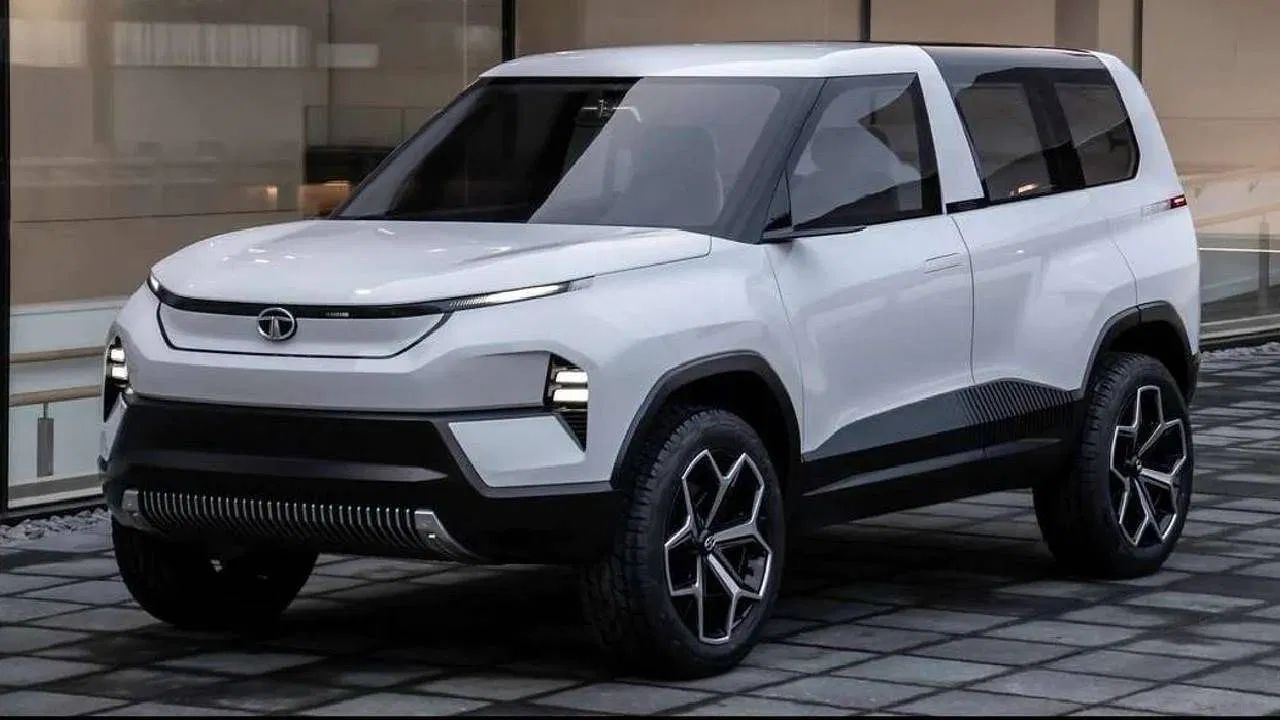Tata Motors is all set to launch its iconic Sierra SUV on November 25, and the excitement is building with…
Browsing: Tata Motors
Get ready for the Tata Sierra! With its official launch scheduled for November 25th, Tata Motors has released a captivating…
Tata Motors has rolled out significant updates for its best-selling Nexon SUV, most notably the inclusion of Advanced Driver Assistance…
The Tata Nexon, a leader in its segment, now boasts an array of Advanced Driver Assistance Systems (ADAS) for enhanced…
Tata Motors is elevating the safety and style quotient of its popular Nexon SUV with the addition of Advanced Driver…
Tata Motors is enhancing its highly acclaimed Nexon SUV by introducing Advanced Driver Assistance Systems (ADAS), a comprehensive suite of…
Tata Motors is elevating the Nexon SUV experience by incorporating advanced ADAS technology and launching the exclusive Red Dark Edition.…
The Tata Nexon compact SUV achieved a remarkable milestone in September 2025, securing the position of India’s top-selling passenger vehicle.…
The Indian passenger car market in September 2025 saw a notable shift in rankings. Maruti Suzuki emerged as the leading…
Tata Motors is preparing a significant launch for the Indian market, the return of the Tata Sierra SUV. This vehicle,…






